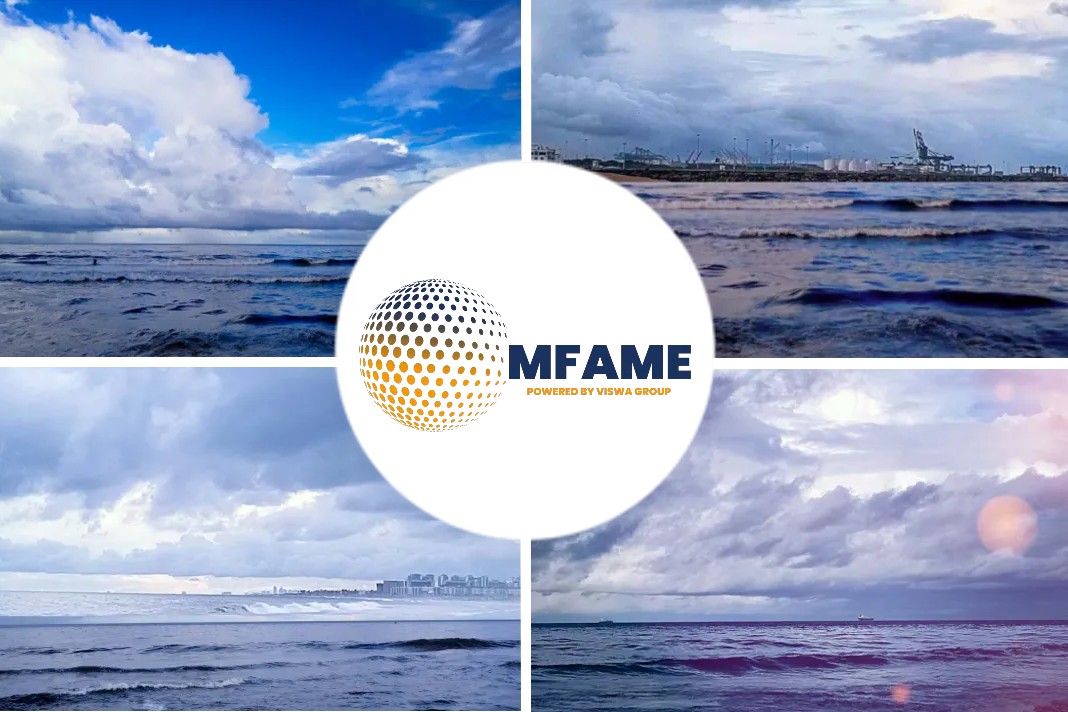- LNG is becoming popular as a fuel for new cargo ships and cruise ships.
- Environmentalists, as well as large organisations such as the World Bank, have been warning about the risks of methane slipping from these new ships for a number of years.
- Measurements will be taken in 2022 and the team will publish a peer-reviewed, publicly available white paper in 2023.
Methane emissions from ships will be measured using onboard procedures and drones in a new collaborative effort as reported by Splash 247.
Ships powered by LNG
FUgitive Methane Emissions from Ships (FUMES) is a project led by the International Council on Clean Transportation (ICCT) in partnership with Explicit of Denmark and the Netherlands Organization for Applied Scientific Research (TNO). The project will analyse and quantify methane emissions from ships powered by liquefied natural gas (LNG) under a variety of real-world operating scenarios at a scale never before attained, including in-stack continuous emissions monitoring, drones, and helicopters.
Dangers of methane
Between 2012 and 2018, the global use of LNG as a marine fuel increased by about 30%, and LNG is becoming increasingly popular as a fuel for new cargo ships and cruise ships, with more than a third of the global order book in terms of dwt choosing for LNG dual-fuel propulsion. For years, environmentalists and huge organisations such as the World Bank have warned about the dangers of methane leaking from these new ships.
“Getting these real-world data will help us better understand the situations in which methane emissions from LNG-fueled ships are high or low,” said Bryan Comer, the ICCT’s maritime programme lead.
Methane emissions
Estimated methane (CH4) and nitrogen oxides (NOx) emission factors by engine type for the ships measured are expected to be included in the study’s findings. In 2022, measurements will be taken, and in 2023, the team will publish a peer-reviewed, open-access white paper.
“In addition to onboard data, the project will use drones and helicopters to sample exhaust plumes from a large number of ships in order to gain a better understanding of the factors that influence methane emissions.” Explicit’s COO, Bettina Knudsen, added, “We’ll also employ new drone-based technologies to calculate overall fugitive methane emissions from ships, which has never been done before.”
According to the Intergovernmental Panel on Climate Change, methane’s 100-year global warming potential is 30 times greater than that of carbon dioxide (CO2), and its 20-year global warming potential is considerably greater at 82.5 times greater.
Did you subscribe to our newsletter?
It’s free! Click here to subscribe!
Source: Splash 247






















